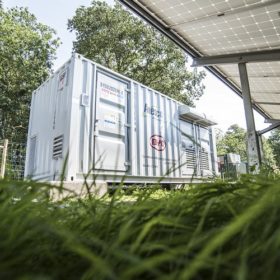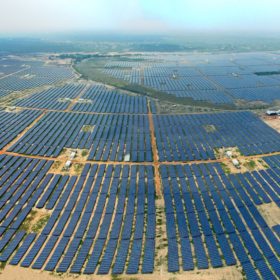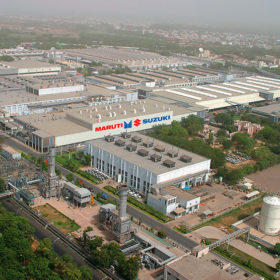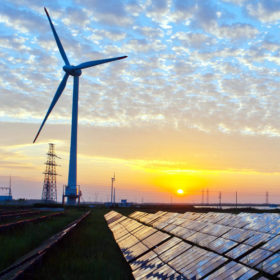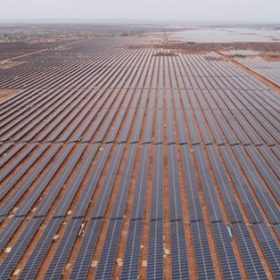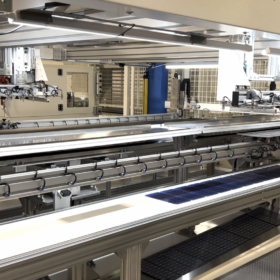IESA proposes a policy framework for energy storage in Electricity Act
Defining energy storage under the Electricity Act could help start ancillary services and frequency regulation through energy storage as a flexible asset. It will also help to enable electric vehicle charging infrastructure, vehicle-to-grid (V2G) concepts and microgrids integration with expanded grid connectivity in the long run, according to the industry body.
NHDC seeks to empanel solar EPC installers and module manufacturers
The hydropower producer—which recently diversified into solar power projects—has invited global applications as it seeks to empanel EPC agencies and module manufacturers for its solar projects. June 22 is the last date to lodge the interest.
Adani Green Energy wins world’s largest solar award
The developer is reported to have exercised an option to double the 4 GW of solar generation capacity and 1 GW of cell and module production facilities it secured in the manufacturing-linked solar tender carried out by the Solar Energy Corporation of India in November.
Tata Power to set up superfast EV chargers at MG Motor outlets
The 50KW DC chargers will be accessible by both MG ZS electric vehicle (EV) customers as well as other EV owners whose automobiles are compatible with the CCS/CHAdeMO charging standards.
Maruti Suzuki commissions 5 MW solar power plant in Gurugram
With this, the carmaker’s total solar power capacity has increased to 6.3 MW. The plant—developed in ‘carport’ style—will cover an area of 32,985 square metres and work as a roof for the cars parked underneath in addition to meeting internal energy requirements of the Gurugram facility.
Denmark and India sign MoU on green energy transition
The new Indo-Danish cooperation will prepare the Indian energy system for the integration of 450 GW renewable energy by 2030. It will focus on knowledge exchange in areas such as energy planning and scenario modelling, integration of high share of renewable energy, power system flexibility and electricity markets.
Solar manufacturers in SEZs say customs duty will be counterproductive
Module manufacturers in special economic zones would be at a disadvantage when selling in the domestic market as they would be required to pay basic customs duty on the value of solar modules.
India’s IPLTech to use Faradion sodium-ion batteries for commercial vehicles
The Gurgaon-based data-driven fleet service provider—which launched India’s first all-electric heavy-duty truck last year—will use Faradion’s sodium-ion batteries in its commercial vehicles.
Indian Railways to set up 3 GW solar plants on vacant land
The projects—to be developed in three phases of 1 GW each—are expected to be completed by year 2022-23. While the first and the third phases will be developed under public-private partnership basis, the second phase will be on the ownership model of REMCL and eligible for capital subsidy under the CPSE scheme.
Bridge To India lowers renewable outlook for 2020-24
The Indian renewable energy market is poised for a significant contraction during the five-year period due to weakening power demand growth, deteriorating financial condition of Discoms and further constraints in debt financing.

